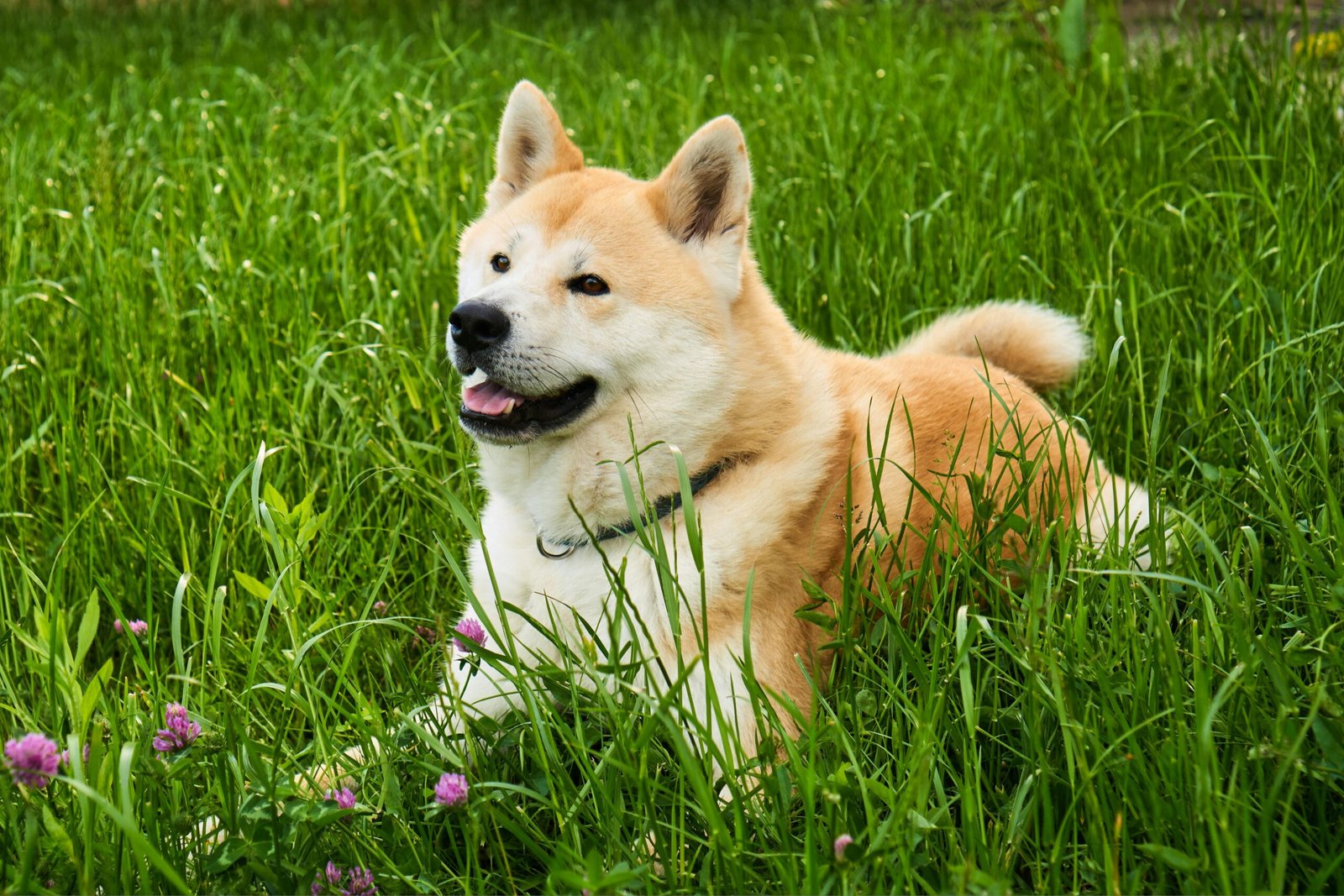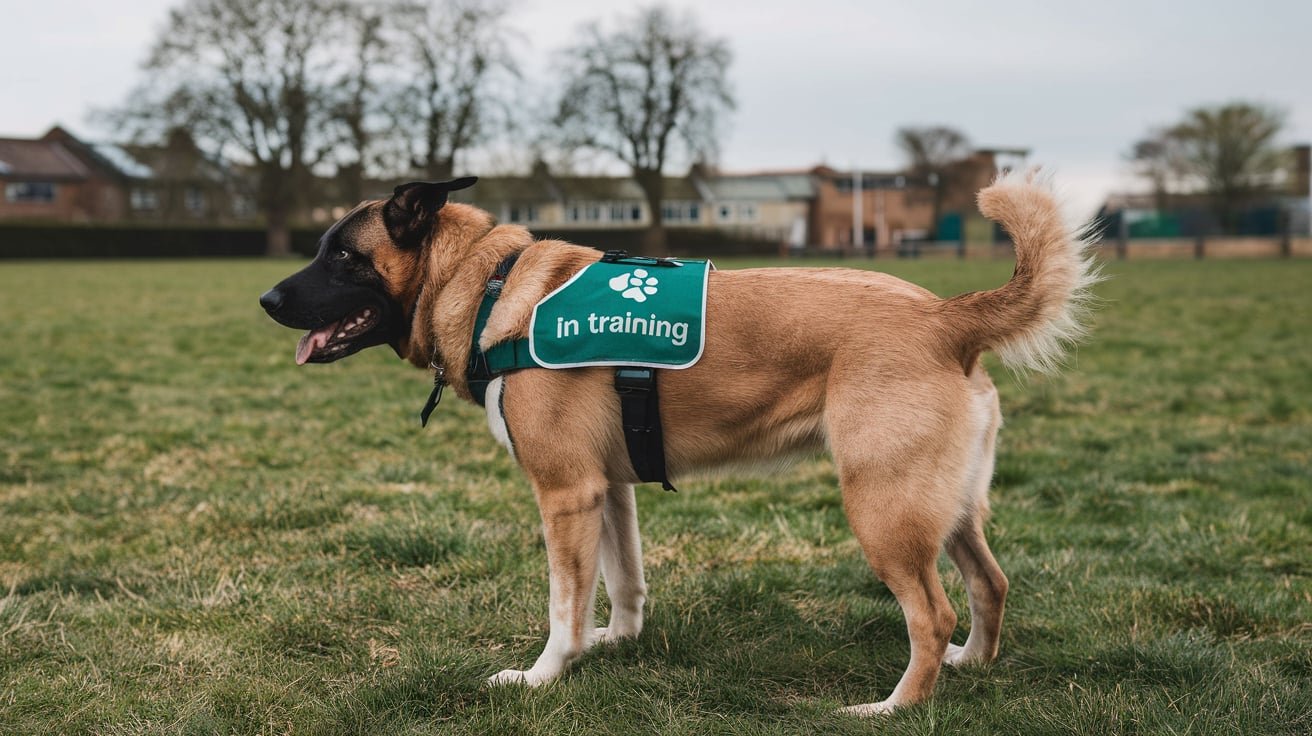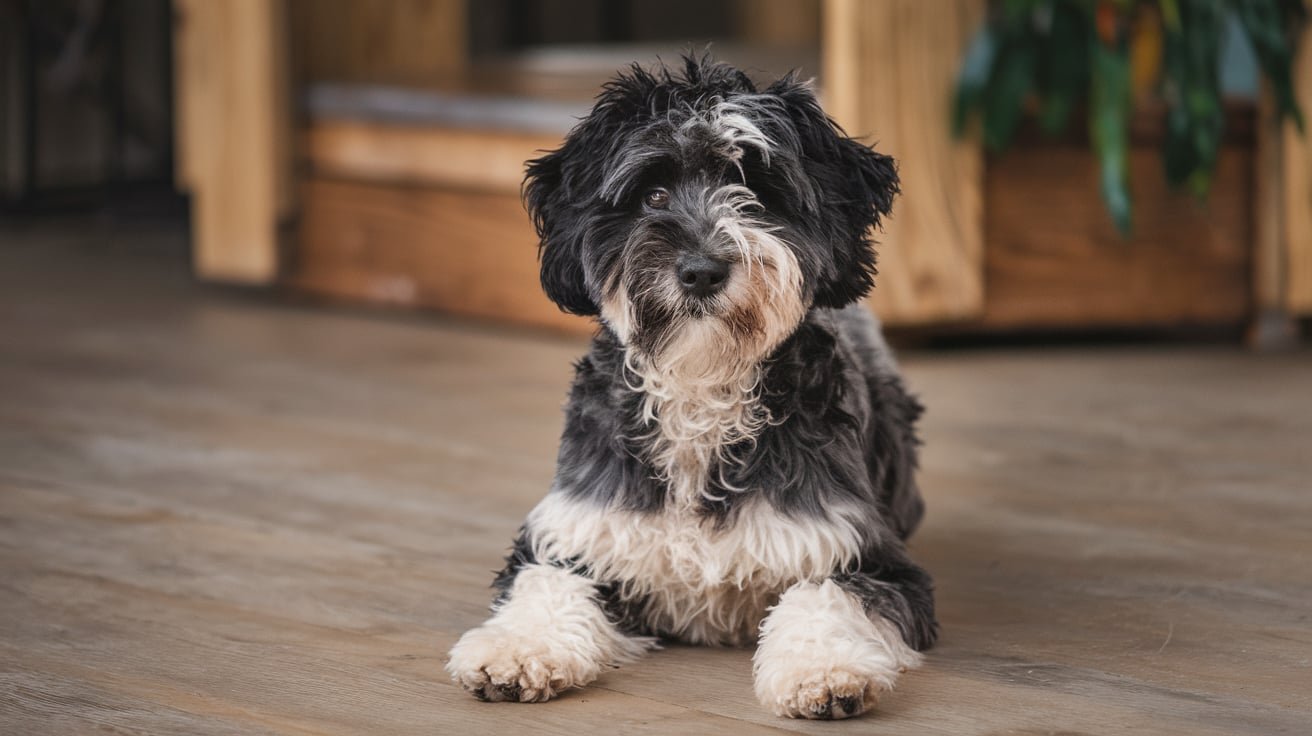Introduction
Introduce dogs to one another can be a delightful experience, but it can also be challenging if not done correctly. Whether you’re bringing a new dog into your home or just meeting another dog at the park, the way you introduce them can set the tone for their relationship. In this guide, we’ll explore the best practices for introducing dogs safely and effectively, ensuring a smooth transition for both dogs and their owners.
Why Proper Introductions Matter
A proper introduction is crucial because dogs communicate primarily through body language. Misreading signals or forcing interactions can lead to anxiety, fear, or even aggression. By taking the time to introduce dogs correctly, you’ll create a positive experience that can lead to lasting friendships.
Anecdote: When I adopted my dog, Max, I was nervous about how he would react to my friend’s dog, Bella. I had heard stories of dogs not getting along, but after following a careful introduction process, I was amazed at how quickly they became friends. They now play together every week!
Step-by-Step Guide to Introduce Dogs
1. Preparation Is Key
Before the big introduction, make sure both dogs are in a calm state. Here are a few steps to prepare:
- Choose a Neutral Location: Selecting a neutral spot for the introduction can prevent territorial behaviors. A quiet park or an open field works well. Avoid busy dog parks, especially for the first meeting. This reduces stress and distractions for both dogs.
- Gather Supplies: Bring along leashes, water, and treats for both dogs. Having treats can help reinforce positive behavior during the introduction. A few toys can also be helpful to redirect attention if one dog gets too excited.
- Check Health Records: Ensure both dogs are up-to-date on vaccinations. This is especially important if they’ll be in close proximity. You don’t want to introduce any health risks during this process.
2. First Impressions
When you arrive at the introduction spot, follow these steps:
- Leash Up: Keep both dogs on leashes, but avoid holding them too tightly. A relaxed grip allows for natural movements and signals. Make sure the leashes are long enough for the dogs to explore a little but short enough to maintain control.
- Let Them Sniff: Start by letting the dogs sniff each other from a distance. This allows them to gather information about each other without feeling pressured. Dogs rely heavily on their sense of smell to learn about others.
- Watch Body Language: Look for signs of relaxation, such as wagging tails, loose body posture, and playful behavior. If either dog appears tense, back off and give them space. Signs of tension include growling, stiffened posture, or a tucked tail.
3. Gradual Closer Interaction
Once both dogs seem comfortable at a distance, it’s time to bring them closer:
- Approach Together: Walk towards each other slowly while keeping the leashes loose. If either dog shows signs of anxiety, pause and give them time to adjust. Take small steps and allow the dogs to dictate the pace.
- Positive Reinforcement: Use treats and praise to reward calm behavior. This helps create positive associations with the other dog. For example, if both dogs remain calm while being near each other, offer treats and verbal praise like “good boy” or “well done!”
- Short Interactions: Initially, keep interactions brief. Allow the dogs to meet for a few minutes before taking a break. Gradually increase the time they spend together if they appear to be getting along. A few minutes can be a good starting point, gradually extending it based on their comfort levels.
4. Observe and React
During the introduction, be vigilant about observing the dogs’ behavior:
- Recognize Signals: If you notice growling, stiff body language, or raised hackles, it may be time to separate the dogs. Take a step back and allow them to cool off before trying again. Sometimes a short break can help reset the interaction.
- Redirect Attention: If one dog becomes overly excited or anxious, redirect their attention with treats or toys. This can help diffuse tension and keep the introduction positive. For instance, if one dog starts barking or jumping, use a toy to capture their interest.
- Know When to End the Meeting: If the tension doesn’t ease up, it’s okay to end the meeting early. Leave on a positive note, even if it’s just with a brief interaction. This helps both dogs associate their time together with good feelings.
5. Create Positive Experiences Together
After the initial introduction, it’s important to continue creating positive experiences:
- Playtime: Arrange for the dogs to play together in a controlled environment. Choose a space where they can run and interact without distractions. This can be your backyard or a quiet park.
- Regular Meet-Ups: Schedule regular playdates to help strengthen their bond. Consistency will help both dogs feel more comfortable around each other. Consider alternating between homes to give each dog a sense of normalcy.
- Socialization Classes: Consider enrolling both dogs in socialization classes or group training sessions. This can provide additional opportunities for them to interact with other dogs and improve their behavior.
Tips for Successful Introduce of your Dogs
- Stay Calm and Confident: Dogs can pick up on your emotions, so staying calm will help them feel more at ease. If you’re nervous, your dogs may become anxious too.
- Avoid Direct Eye Contact: Dogs can interpret direct eye contact as a threat. Instead, look at them sideways or focus on their bodies.
- Be Patient: Every dog is different. Some may take longer to adjust than others. Patience is key in ensuring a successful introduction.
- Listen to Your Dog: Pay attention to your dog’s cues.It help to introduce Dogs . If they seem uncomfortable, give them space and try again later.
- Know Your Dog’s Triggers: If your dog has had negative experiences with other dogs, take extra care during introductions.
Conclusion
Introduce dogs may seem daunting, but with a little preparation and patience, you can set the stage for a positive relationship. Remember that each dog is unique, and some may take longer to adjust than others. By following the steps outlined above, you’ll be well on your way to ensuring that both dogs feel safe and happy during their introductions.
Proper introductions can lead to lifelong friendships between dogs and create a harmonious environment for both pets and their owners. By investing the time and effort into this process, you’ll be rewarded with the joy of seeing your dogs become companions.



